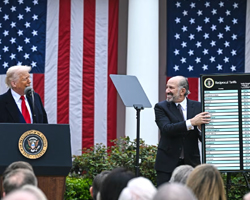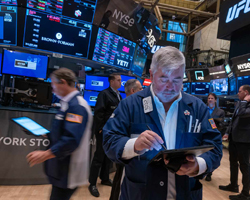Stock Market Surges to Record Highs as Earnings Season Kicks Off, Forex Faces Dollar Strength and Global Uncertainty | Daily Market Analysis

Key events:
- USA - OPEC Monthly Report
- USA - FOMC Member Kashkari Speaks
- USA - Fed Waller Speaks
On Friday, the Dow Jones and S&P 500 closed at record highs, with the latter surpassing the 5,800 mark for the first time, buoyed by JPMorgan’s strong earnings performance. The S&P 500 rose 0.4% to close at 5,814.75, while the NASDAQ Composite added 0.3%, and the Dow surged 409 points, or 1%, ending the day at a new high of 42,863.86.
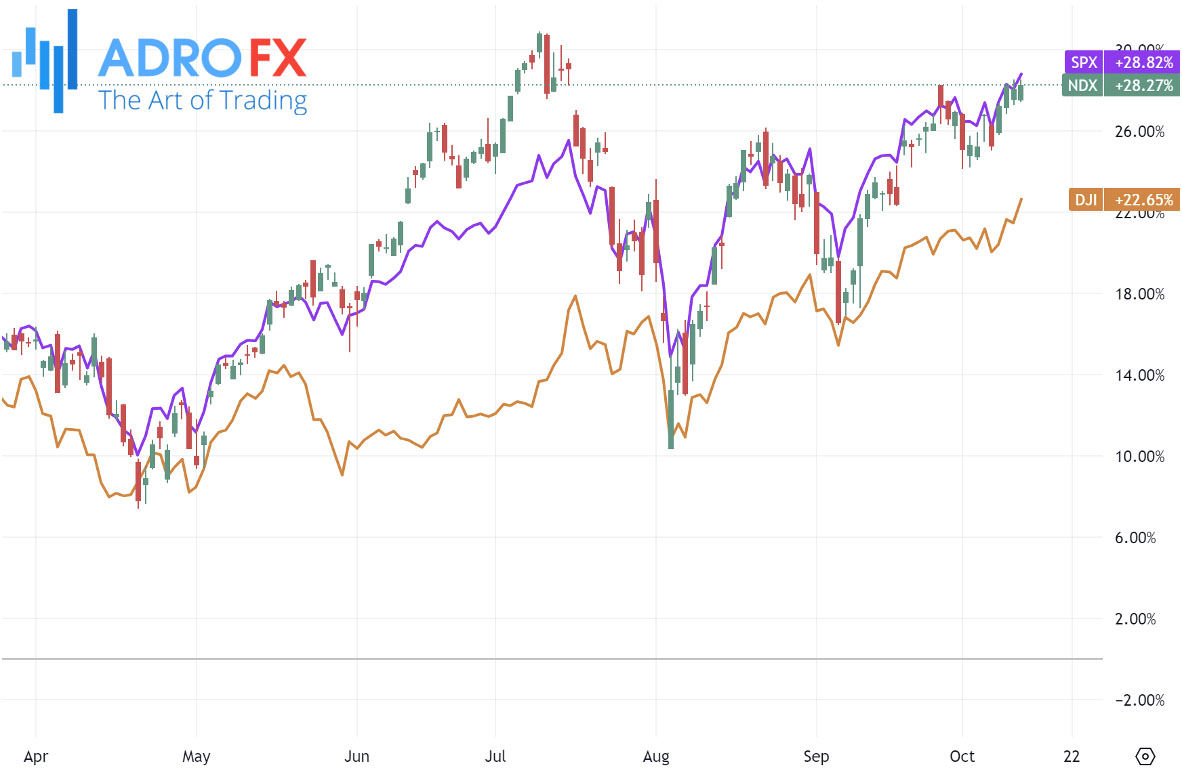
All three major indices achieved their fifth straight week of gains, with the Dow marking its best streak in eight months. Investors' attention is now focused on the third-quarter earnings season, which began with financial giants releasing key results, offering insights into the broader economy, particularly loan demand.
JPMorgan Chase saw its stock jump 4% after beating quarterly profit and revenue estimates, thanks to higher-than-expected net interest income. Similarly, Wells Fargo gained more than 5% as the bank reported better-than-expected third-quarter earnings, bolstered by lower expenses and credit costs.
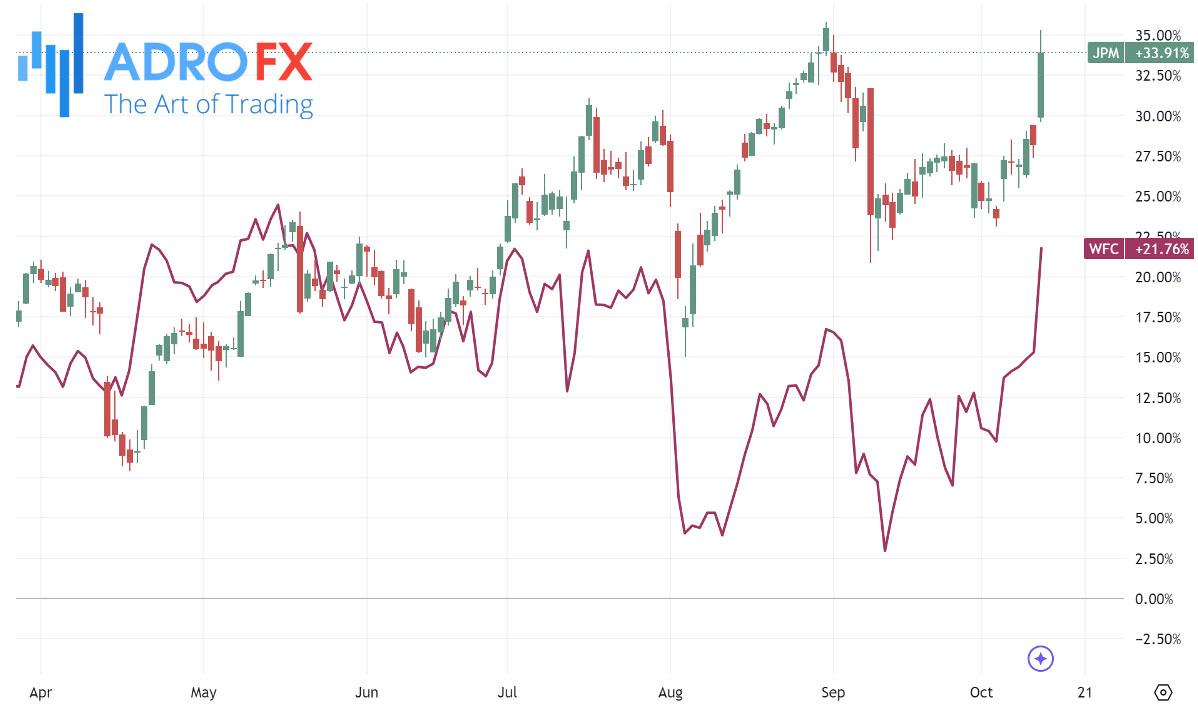
This week, Goldman Sachs, Bank of America, and Citigroup are scheduled to release their earnings, which will further shape market sentiment.
In the forex market, the GBP/USD pair struggles to maintain Friday’s modest gains, facing renewed selling pressure at the start of the week. The pair is trading around the mid-1.3000s, near the one-month low reached last Thursday, weighed down by the strength of the US dollar.
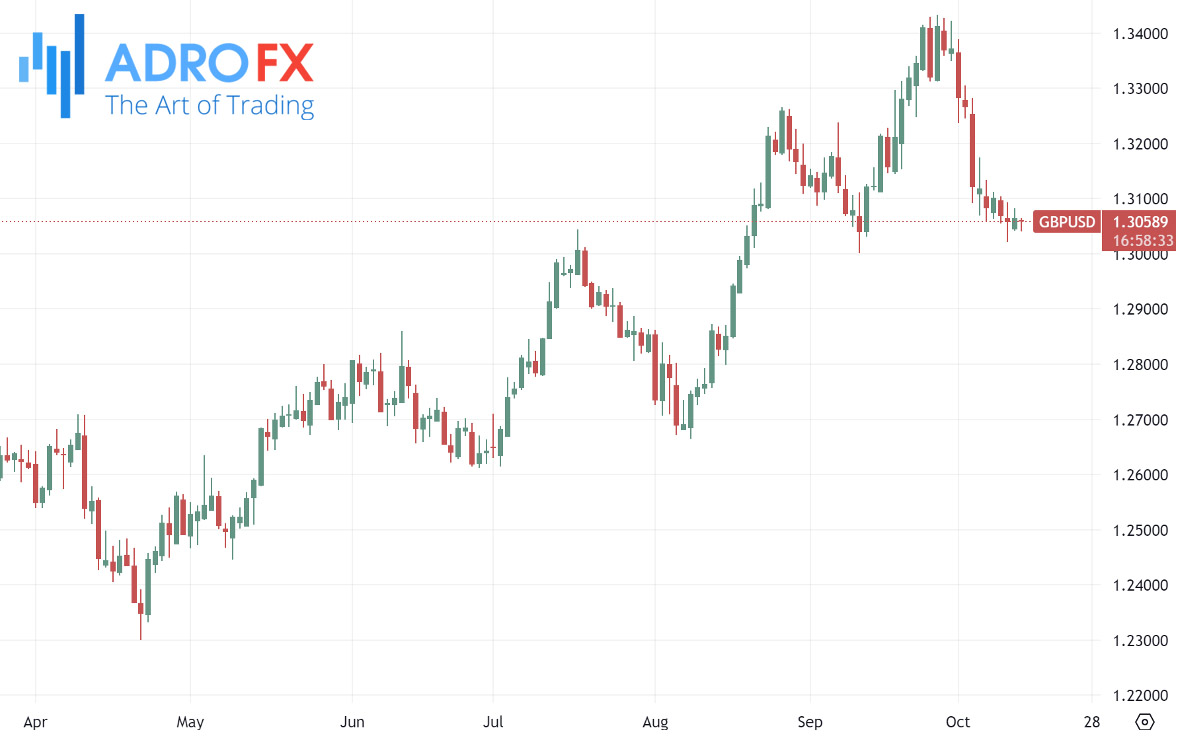
The USD Index, which tracks the dollar against a basket of currencies, remains strong, reflecting expectations that the Federal Reserve will hold off on significant rate cuts in November. Additionally, geopolitical tensions in the Middle East continue to support the safe-haven appeal of the dollar, pressuring the GBP/USD pair.

On the other hand, the British pound is facing downward pressure amid expectations that the Bank of England may accelerate its rate-cutting cycle. Markets are pricing in a 90% likelihood of a rate cut in November, especially after BoE Governor Andrew Bailey hinted at the possibility of a more aggressive stance if inflation data improves.
Meanwhile, Friday's economic data from both the UK and US saw a muted market reaction. The UK's Office for National Statistics (ONS) reported a 0.2% growth in August, signaling a modest rebound following stagnation in June and July. Additionally, better-than-expected manufacturing and industrial production figures for the UK in August failed to sustain momentum for the GBP/USD pair.
The Australian dollar also faces downward pressure after two days of gains against the US dollar. On Monday, the AUD/USD pair weakened following the release of China's lower-than-expected Consumer Price Index (CPI) for September. Adding to the selling pressure was a note from the Commonwealth Bank of Australia, which suggested that the Reserve Bank of Australia might cut rates by 25 basis points before the end of 2024, driven by a stronger-than-expected disinflationary trend.
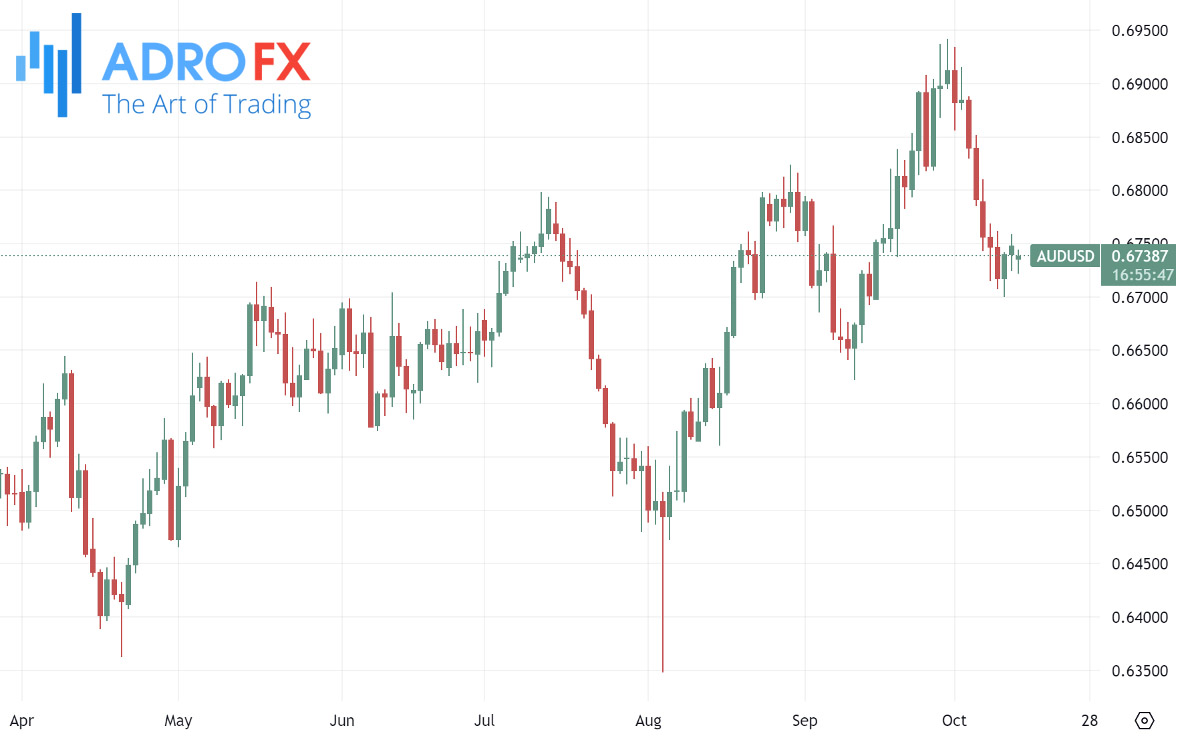
In the Asian trading session on Monday, the USD/JPY pair continued to climb, reaching around 149.20. The pair is supported by a strong US dollar and uncertainty surrounding the Bank of Japan’s future policy direction. Despite raising its short-term benchmark rate to 0.25% in July after ending negative rates in March, the BoJ’s next steps remain unclear, adding to the Japanese yen's weakness.

The EUR/USD pair extended its downward trend for the fourth consecutive session, trading near 1.0920 on Monday. The euro faces mounting pressure ahead of the European Central Bank's monetary policy meeting on Thursday.

The ECB is expected to reduce its Main Refinancing Operations Rate by 25 basis points, with officials signaling further cuts in response to the economic challenges facing the European Union. This would mark the third rate cut this year, with more incremental reductions likely in upcoming meetings.

